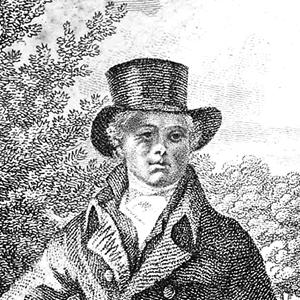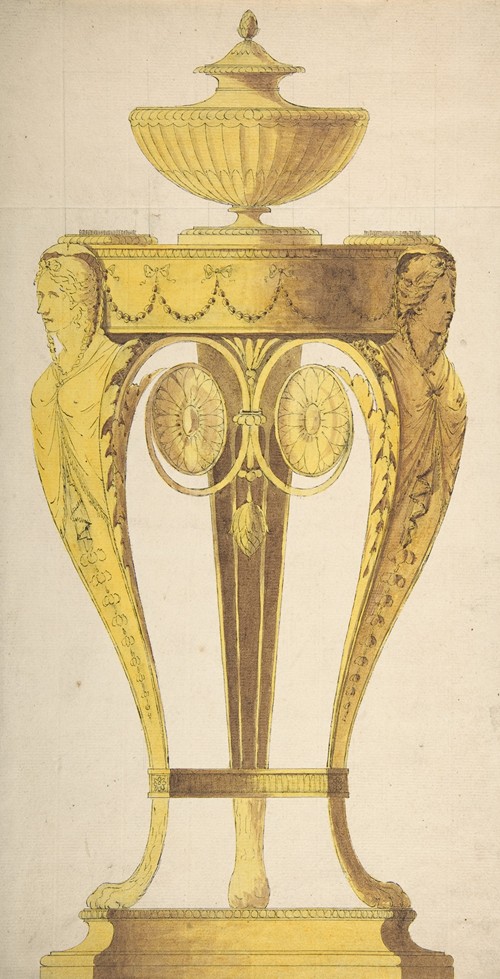

Henry Holland
Henry Holland was an architect to the English nobility.
He was born in Fulham, London, where his father, also Henry, ran a building firm constructing several of Capability Brown's designs. His younger brother was Richard Holland, who later changed his surname to Bateman-Robson and became an MP. Although Henry would learn a lot from his father about the practicalities of construction, it was under Capability Brown that he would learn about architectural design.
Brown and Holland formed a partnership in 1771 and Henry Holland married Brown's daughter Bridget on 11 February 1773 at St George's, Hanover Square. In 1772 Sir John Soane joined Holland's practice in order to further his education, leaving in 1778 to study in Rome. Holland paid a visit to Paris in 1787 which is thought to have been in connection with his design of the interiors at Carlton House. From this moment on his interior work owed less to the Adam style and more to contemporary French taste.
Holland was a founder member in 1791 of the Architects' Club, which included Thomas Hardwick as a signatory. In the 1790s he translated into English A.M. Cointereaux's Traite sur la construction des Manufactures, et des Maisons de Champagne. Holland was feeling unwell in the early summer of 1806, on 13 June he had a seizure and his son Lancelot made this entry in his diary on 17 June, 'My poor father breathed his last about 7 o'clock in the morning. He had got out of bed shortly before and inquired what the hour was. Being told he said is was too early to rise and got into bed again. He immediately fell into a fit. I was sent for, and a minute after I came to his bedside he breathed his last.'. He was buried at All Saints Church, Fulham, in a simple tomb, a few yards from the house in which he had been born. Bridget Holland his wife lived for another 17 years and was the main beneficiary of her husband's will.

